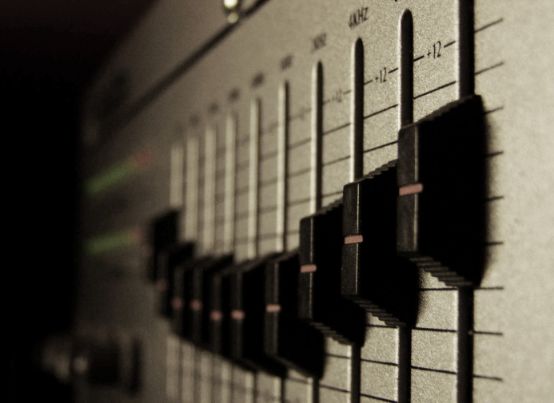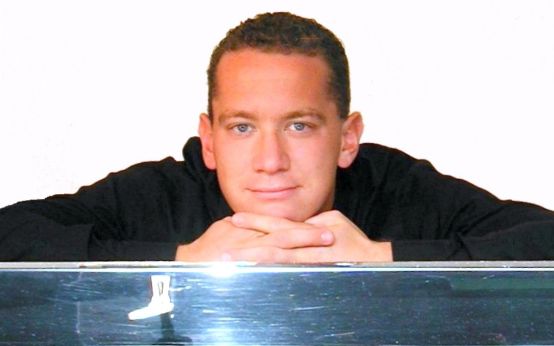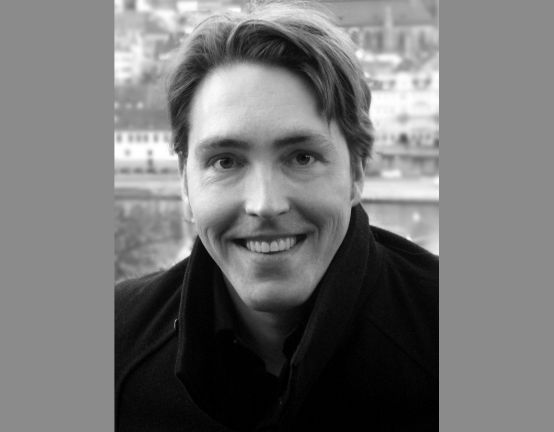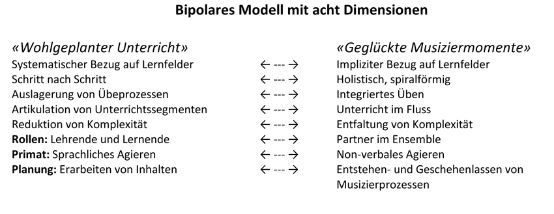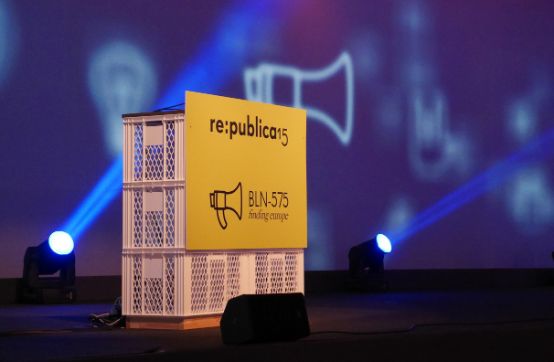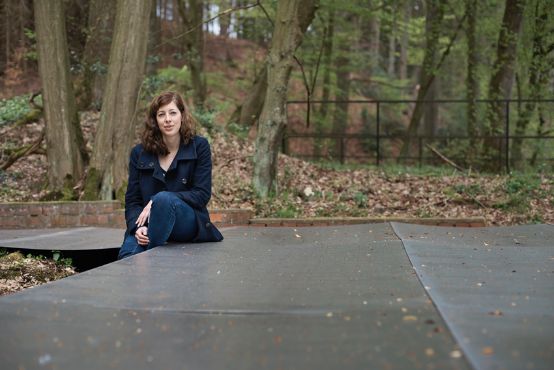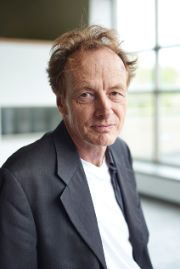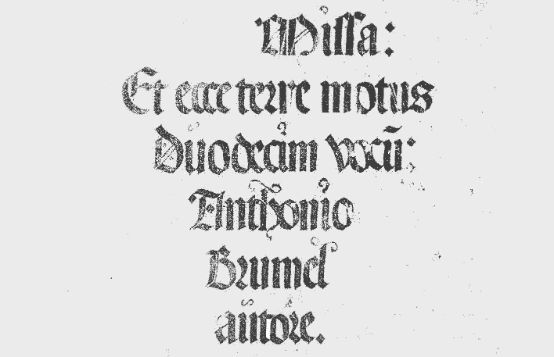"Can we imagine a society without music?" asked Maria Iselin at the opening of the celebrations to mark the 20th anniversary of the Basel Orchestra Society (BOG) sponsorship award. "No," was the clear answer from the President of the BOG Foundation Board. But with a slight differentiation in the question, the answer becomes more difficult: "Can we imagine a society without good music?" What is good music? And how do you find a good - or even the best - interpreter for it? People have been trying to answer these questions for centuries.
Music competitions already existed in ancient times, as Georges Starobinski, Director of the Basel University of Music, emphasized in his opening speech. The singing wars in the Middle Ages, in which poets competed against each other, are also well documented. But what constitutes a music competition today? Is it good for the musicians, good for the audience? Or - as the title question of the podium put it - "are music competitions just well-intentioned?"
It is a self-critical question that the BOG asks itself. For twenty years, it has been awarding annual recognition and sponsorship prizes to students at the Basel University of Music. The small but prestigious competition has produced such renowned personalities as cellist Sol Gabetta, clarinettist Reto Bieri and soprano Svetlana Ignatovich.
The total prize money of up to 15,000 francs is not lavish, but it is necessary financial support for young students. Because - as the participants in the panel discussion agreed - all young musicians who take part in competitions want one thing above all else: to make good music. To do this, they need space and time, and of course money so that they don't have to pursue other gainful employment.
Another important factor is networking in the international music scene. Winning most major competitions pays off in the form of subsequent concert engagements. Sometimes this happens automatically, sometimes only with a great deal of initiative. This is also a positive and desirable side effect for the individual musician. But is it the same for the audience?
Poison for individuality
Sigfried Schibli, panelist and music critic for the Basler Zeitung, summarized that uniformity has increased in musical life over the last 40 years: "Truly original artists are less common today." He is convinced: "Competitions are filter instruments for nerve power and technique - and a symbol of the fact that we are all competing. There are competitions for every genre today, even for journalists."
For Stephan Schmidt, guitarist and director of the music academies at the University of Applied Sciences and Arts Northwestern Switzerland, it is clear that music competitions cannot promote creativity: "Competitions are based on a standard. You compare something you already know." Nevertheless, competitions and creativity are not mutually exclusive: It is often the winners of second and third prizes in major competitions who end up making a career for themselves - they have managed to combine technical ability and individuality.
Schmidt is convinced that whether a competition does a young musician more harm or more good depends on their own attitude: "It's always about developing yourself further." Practicing very different repertoire intensively for a competition can greatly promote personal development. For him, competitions were the only way to move out of his village home and into the world. Pianist Carl Wolf, winner of the BOG prize in 2004, also sums up his time at the competition: "You always take something away with you: You get to know new halls, new people, new repertoire, gain lots of experience."
Whether music competitions promote not only the prizewinners but all participants depends largely on honest feedback from the jury. But this is exactly where things usually go wrong, as all the musicians on the podium reported. Perhaps because it is not even possible for experienced jurors to recognize differences even after the tenth rendition of the same piece, as violinist Volker Biesenbender once admitted in an article in the Basler Zeitung. But perhaps it is also because there are too many conflicts of interest between teachers and students, colleagues and cliques.
However, the concluding concert with prizewinners from 20 years of the BOG sponsorship award made it possible to forget all competition criticism. A great wealth of musicality, creativity and personality was on display - and how wonderful to experience such a varied concert program, which with its short pieces was more reminiscent of a university event, at the very highest level. There was a world premiere of Maximiliano Amici's chamber music piece Ithaca with the supple soprano Amelia Scicolone, a furious Beethoven sonata with Sol Gabetta, fascinatingly poetic and eloquent Schumann fantasies with clarinettist Karin Dornbusch, a brilliant, wild journey through Schumann's Carnaval with the pianist Paavali Jumppanen. When competitions - even such small ones as the BOG - produce musicians like this, then there is something right about it.
